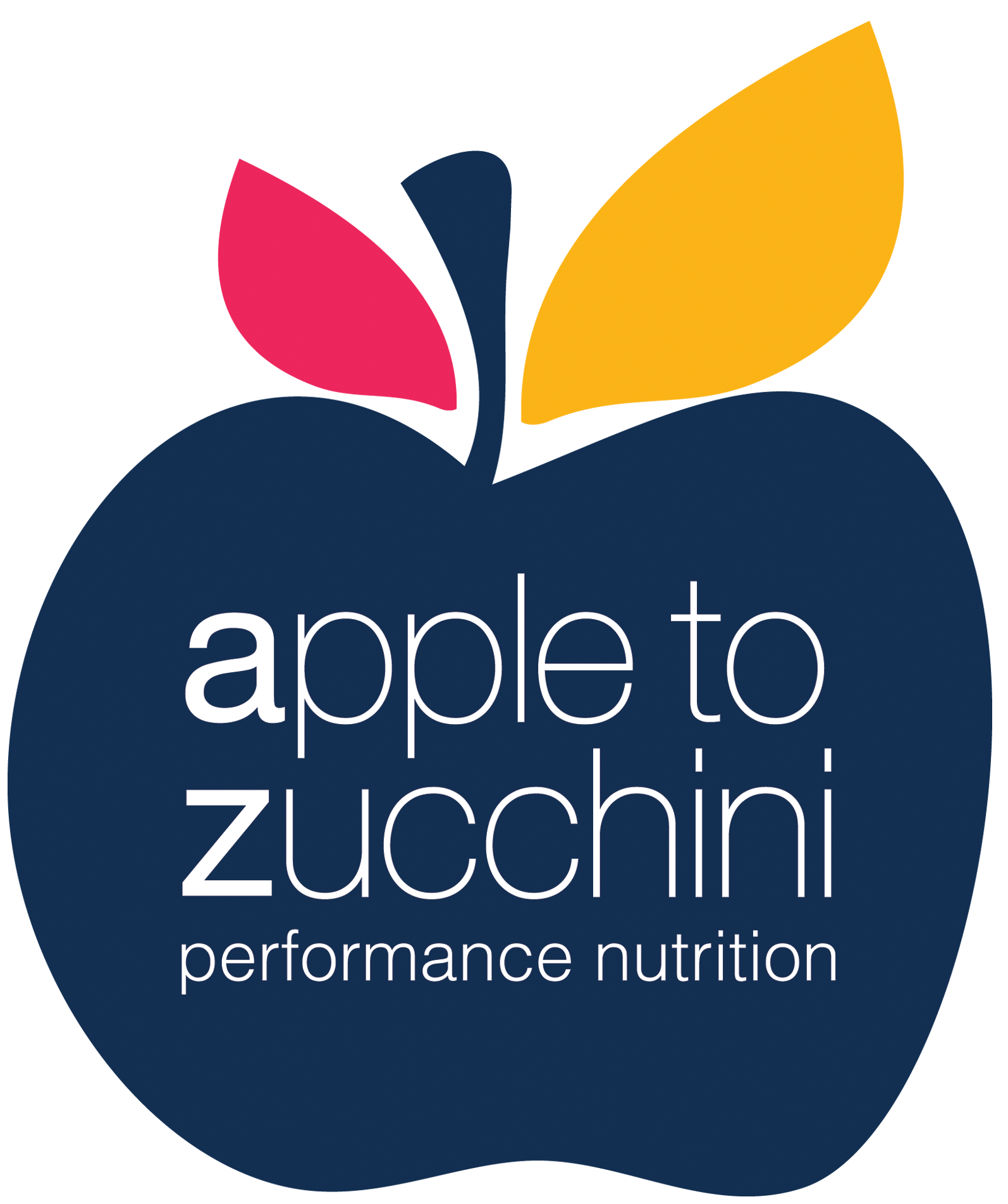By Steph Cronin | Accredited Sports Dietitian | 4 minute read
“Gels just don’t agree with me”
“Oh, I always vomit in a race, that’s normal for me”
“I have every option for porta-loos mapped out before any race”
It doesn’t have to be this way. But if this sounds familiar, it calls for us to spend some time training your gut.
So, what is “training your gut?” The term means to practice taking nutrition during training to ensure your gut adapts and tolerates to the fuel of choice you are keen to use. It is particularly important for athletes competing in long distance triathlon or running due to the increased requirement of fuel during competition. However, the gastrointestinal symptoms mentioned above can affect anybody in any sport.
 What causes gastrointestinal upset? During exercise the blood flow to the gastrointestinal organs is decreased and diverted to your hard-working muscles. So when nutrition is taken on board, it is harder for your gut to focus on digestion and can lead to disturbances such as nausea, vomiting, abdominal cramps or bowel urgency.
What causes gastrointestinal upset? During exercise the blood flow to the gastrointestinal organs is decreased and diverted to your hard-working muscles. So when nutrition is taken on board, it is harder for your gut to focus on digestion and can lead to disturbances such as nausea, vomiting, abdominal cramps or bowel urgency.
None of this is something we want to deal with white racing. Rather, we aim to get you confident your race nutrition will enhance your performance, not hinder it!
Practice makes perfect: all quality training programs start 12-16 weeks out from the event – this is when your gut training starts too. By the time you get to race day, you should have practiced your pre-race nutrition (dinner the night before & breakfast the morning of your race) PLUS your entire race nutrition. Work with your sports dietitian in the months leading up to your race to create your individualised race nutrition plan.
Keep it simple: it doesn’t take 15 different sports foods to race at your best. There are a variety of different brands and products you could use such as gels, bars, chews and drinks. Trial a number of different brands and products and then pick the few that suits you best. Check your on-course nutrition and see if that is a brand you can work with (makes it easy if you drop your fuel on course!) The fuel you use before and during training/races should be carbohydrate-focussed. Avoid high-fat, high-protein and high-fibre foods, as these increase the risk of getting those gastro symptoms, AND (if you care about doing this race as fast as you can) will displace the speed-producing carbs.
Strategic timing: the timing and amount of fuel you take on board is critical. Aim to eat majority of your pre-race meal 2-3 hours prior to race start to allow enough time for digestion. Then top-up with small amounts of fuel just prior to race start. Throughout your race it is best to take on small amounts of fuel every 45-60 minutes as this will provide a constant supply of energy and is also much easier for your gut to digest. Some might even prefer to break it down further with 15min feedings.
Imitate your race: pick at least one session a week to train in conditions that will be similar to race day (i.e. similar temperature, distance or time of the day). But most importantly? Train at your race pace. The higher the intensity of exercise, the higher the chance of gastrointestinal upset. Often people can tolerate fuel during training and then race day is a totally different story because they’ve pushed themselves more than at training.
Keep a food & training diary: tracking your nutrition and your training sessions is one of the best ways to improve your training and race performance. Record what nutrition you take on board during your quality training sessions (before, during & after) and how you felt during that session. Then you can reflect on your best sessions and create your optimal race plan.
You spend hours a week training to improve your race performance, so why not spend some of that time training your gut and give yourself the best chance for success. After all…planned practice makes perfect!


